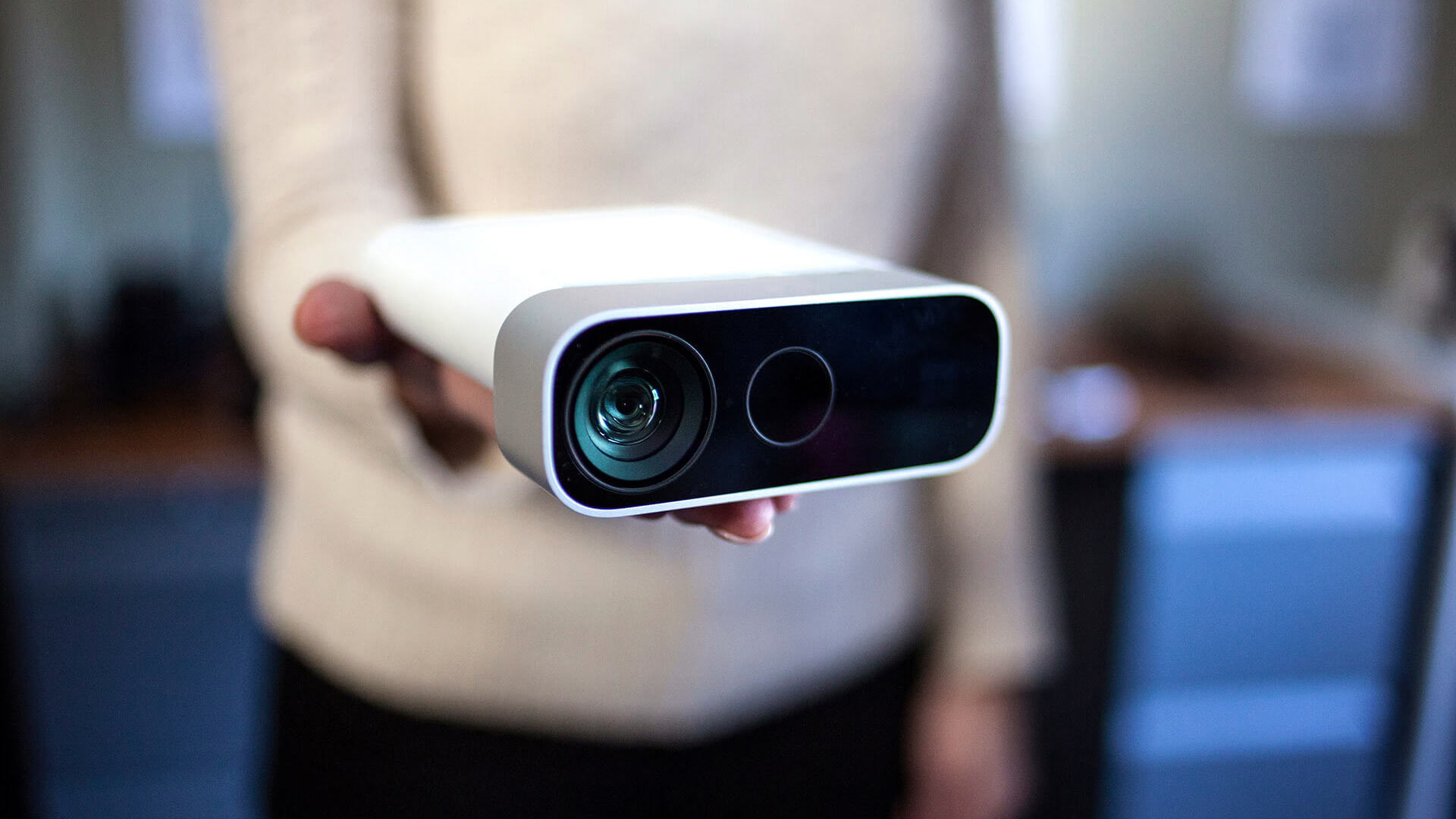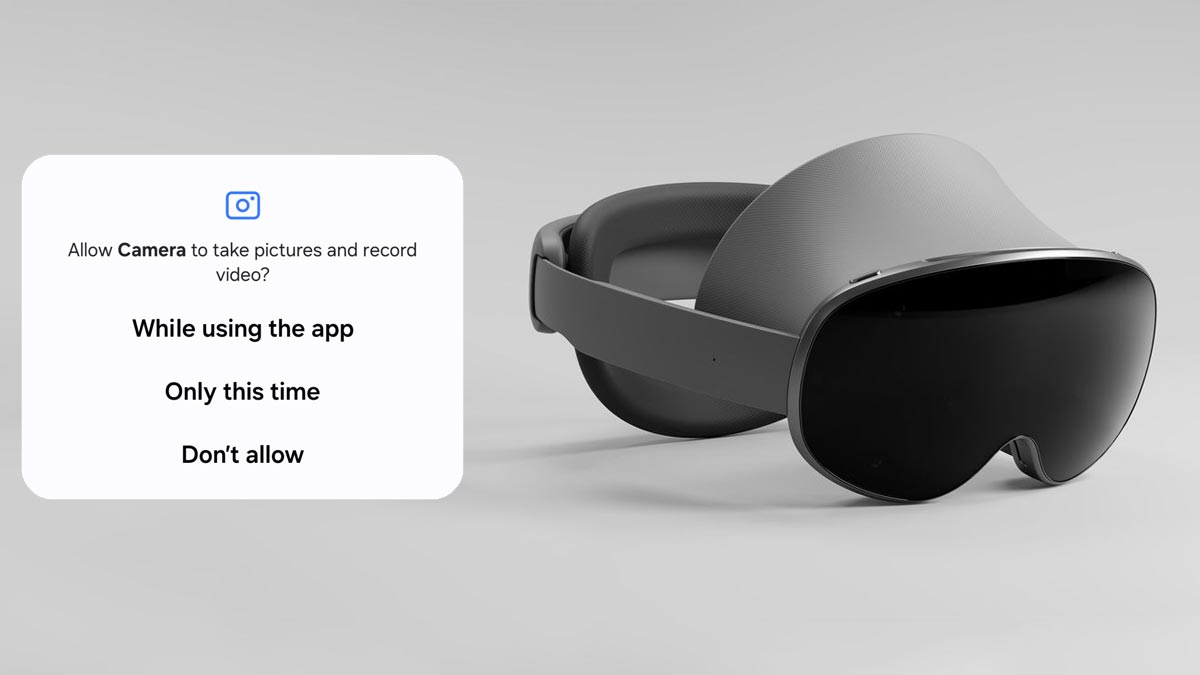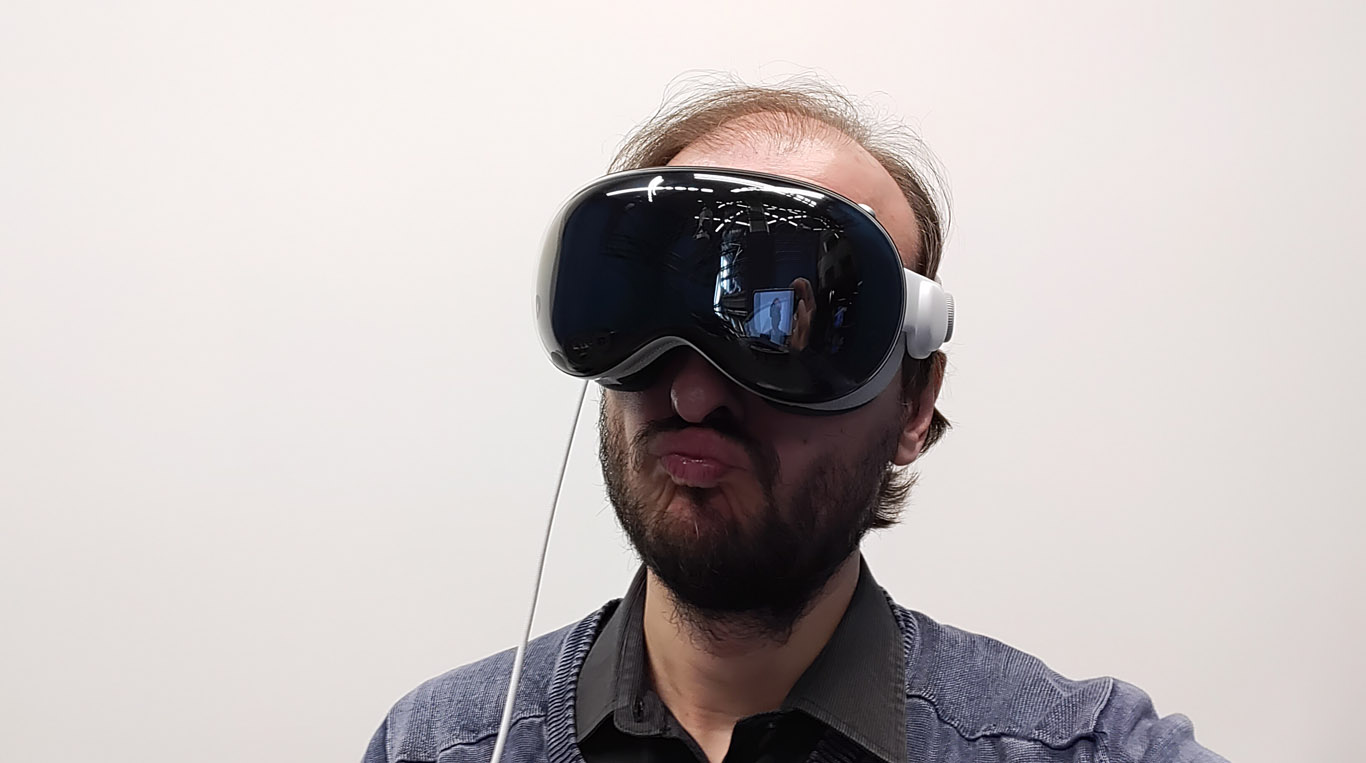All you need to know on Azure Kinect
You all know that I am a big fan of the Kinect. My story in the virtual reality ecosystem is deeply interwoven to the presence of this sensor, since I entered the VR field in 2014 with a startup on full body virtual reality (called
The end of my startup was also connected to the fact that the Kinect v2 sensor was left to slowly die by Microsoft without updates. We all wondered why: Kinect was not great as a gaming
Actually, with much joy, we discovered months ago that Microsoft clearly understood the potential of the Kinect: it teased that it was going to release a new Kinect sensor, that was connected to Azure. And yesterday, in the same day of the announcement of the HoloLens, finally this new sensor has been released: it is called Azure Kinect and in this
Azure Kinect DK
The actual name of the device is Azure Kinect
Form factor
Azure Kinect is incredibly small: it occupies only 103 x 39 x 126 mm and weighs only 440g. It is like half of the original Kinect, but the advantage, more than the only size of the sensor is the one of the accompanying

Sensors
The Azure Kinect comes with the 3 same kind of sensors of the Kinect v2 and v1, plus one (the IMU). It so features:
- A depth camera
- An RGB camera
- An array of microphones
- An IMU sensor
The depth sensor
The depth sensor is still a time-of-flight IR depth camera, exactly as in the Kinect v2 (not as in the Kinect v1, that worked thanks to the projection of IR light patterns). The change is that it is now a 1MP camera, so it allows for finer detection of depth values. It seems to have lost some

If you
I’m really excited by the resolution of this depth camera, but I’m a bit less excited by the framerate of 30 FPS. To be really great to be used for full body VR, in my
The RGB Camera
The RGB Camera is a OV12A10 12MP CMOS sensor rolling shutter sensor. We have gone from the Full HD of the Kinect v2 to the 4K of the Azure Kinect.
It is also interesting to notice that this camera is more “standard”, meaning that you can finally use the Kinect Azure as a standard USB camera for your PC (with Kinect this was not possible in the beginning) and that finally you are able to calibrate the camera with OpenCV (I remember having lost a lot of time trying to calibrate the Kinect v2 camera with OpenCV, with no success… halleluja).

The Microphone array
Azure Kinect DK embeds a high quality 7-Microphone circular array that identifies as a standard USB audio class 2.0 device.
The specifications, for the audio experts that are reading this post, are:
- Sensitivity: -22 dBFS (94 dB SPL, 1 kHz)
- Signal to noise ratio > 65 dB
IMU Sensor
The IMU sensor (gyroscope+accelerometer) is the great news of this

Power consumption
All this device consumes only up to 5.9W.
Connectivity
You can choose if connecting the Azure Kinect to your PC (via USB A to USB C cable) or if using it as a standalone sensor connected to the Azure cloud.
This gives the user
The Azure Kinect must be connected to your PC via a USB A to USB C cable. It then can connect to the Azure cloud via the PC.
Once it is connected, it can stream raw data (the frames read by the cameras or the audio detected by the microphones), it can detect the bodies of the people that are in its range or, exploiting the power of Azure, it can also be used to understand speech or to perform complex computer vision tasks like detecting objects or reading written text.
What makes me happy, and will make happy all the other fans of full body VR, is that this new Kinect will continue offering the best-in-class body tracking on the market. I can’t wait for someone to connect it with a VR headset!

Minimum PC requirements
If you plan to connect the Azure Kinect to a PC, be sure to have at least:
- 7th Gen Intel Core i3 Processor (Dual Core 2.4 GHz with HD620 GPU or faster)
- 4GB RAM Memory
- Dedicated USB3 port
- A recent operating system:
- Windows 10 April 2018 release (x64) or
later Linux Ubuntu 18.04 (x64) with OpenGLv4.4 or later GPU drive
- Windows 10 April 2018 release (x64) or
It’s interesting that you can connect this new Kinect both to Windows and Linux PCs: Windows will have the priority for what regards the SDK development, but the fact that Linux will have support too is
Multiple Kinects
Surprise, surprise: the Azure Kinect is meant to be used with other Azure Kinects. Every device features a sync-in and a sync-out port so that you can connect various Azure Kinects together in a daisy-chain so that they will sync their signals and will grab the RGB and depth frames exactly at the same time. This is fundamental for instance for performing 3D object

I would have loved to have had something similar with the Kinect v2 when I used an array of
Kinect v2 vs Azure Kinect
Do you want a comparison chart between the two devices? Well, here you are

Price and release date
If you are from
All of us that live in the rest of the world, can just cry in a corner.
And that’s it with this journey inside the new Azure Kinect. Long live to Kinect!
(Header image by Microsoft)
Disclaimer: this blog contains advertisement and affiliate links to sustain itself. If you click on an affiliate link, I'll be very happy because I'll earn a small commission on your purchase. You can find my boring full disclosure here.



